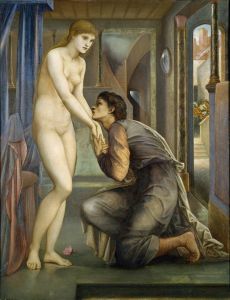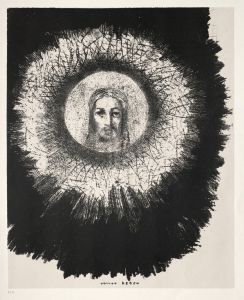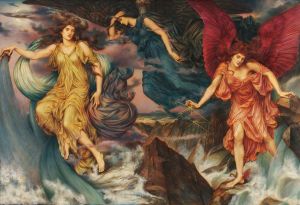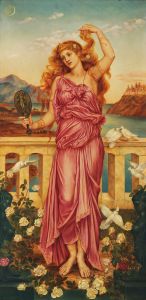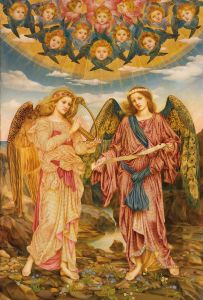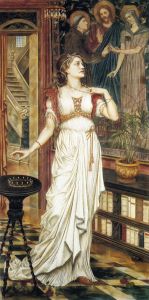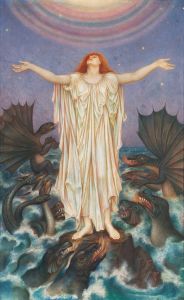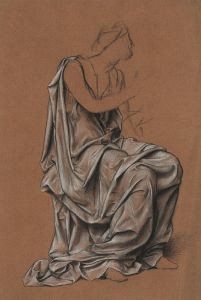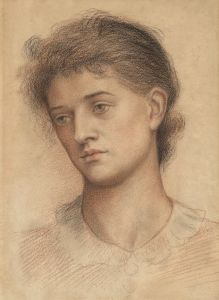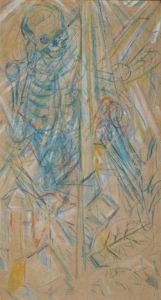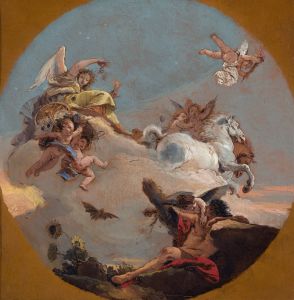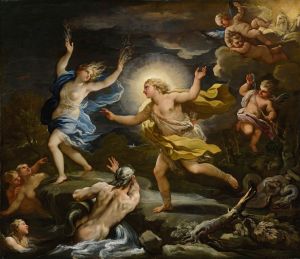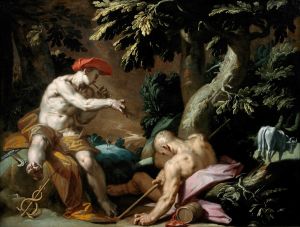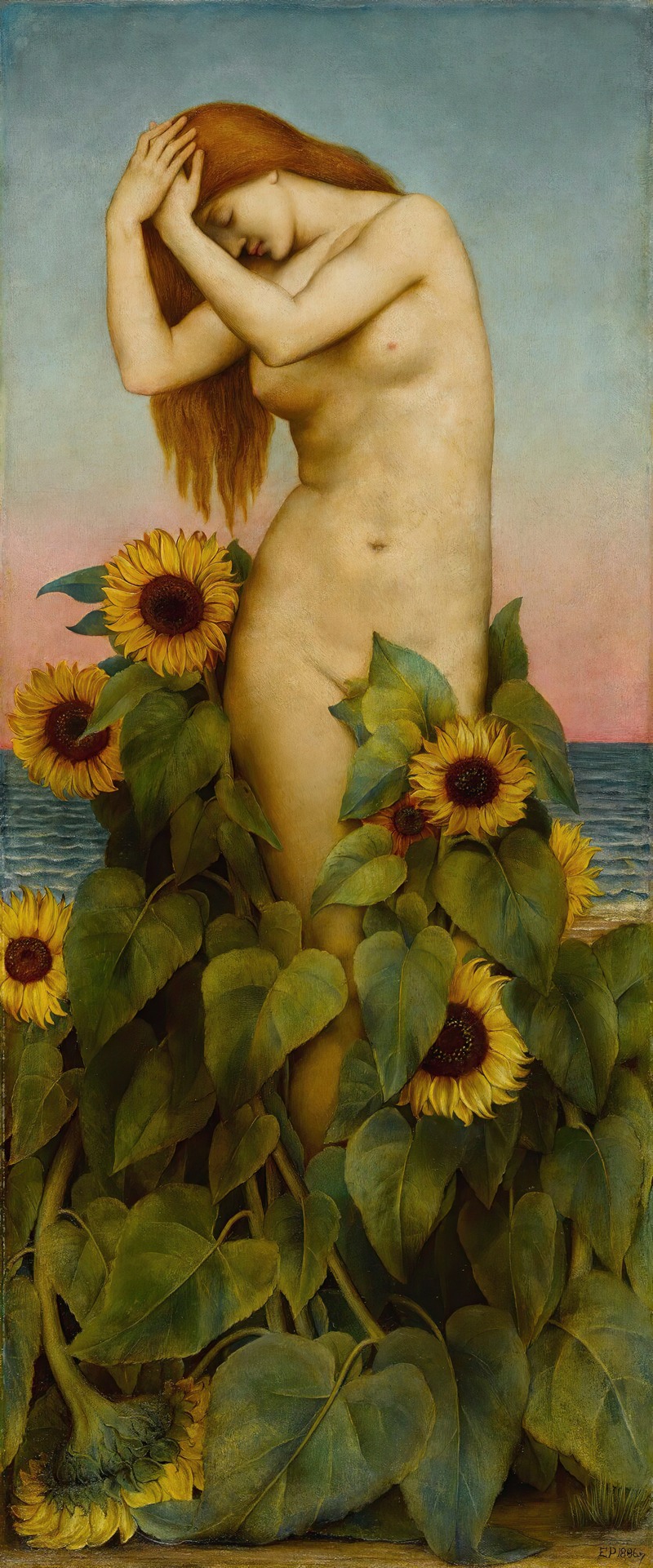
Clytie
A hand-painted replica of Evelyn De Morgan’s masterpiece Clytie, meticulously crafted by professional artists to capture the true essence of the original. Each piece is created with museum-quality canvas and rare mineral pigments, carefully painted by experienced artists with delicate brushstrokes and rich, layered colors to perfectly recreate the texture of the original artwork. Unlike machine-printed reproductions, this hand-painted version brings the painting to life, infused with the artist’s emotions and skill in every stroke. Whether for personal collection or home decoration, it instantly elevates the artistic atmosphere of any space.
Evelyn De Morgan's painting Clytie is a notable work by the British Pre-Raphaelite artist, completed in 1898. De Morgan, known for her allegorical and symbolist themes, often drew inspiration from classical mythology, literature, and spiritual ideas. This painting depicts the mythological figure Clytie, a character from Greek mythology who is associated with unrequited love and transformation.
In Greek mythology, Clytie was a water nymph who fell in love with the sun god Helios. However, her love was not reciprocated, and she was ultimately transformed into a sunflower or heliotrope, a plant that is said to turn its face toward the sun. De Morgan's interpretation of Clytie captures the emotional intensity and tragedy of the myth. The painting portrays a solitary female figure, her expression melancholic and introspective, reflecting the sorrow of unfulfilled love.
The composition of Clytie is characteristic of De Morgan's style, with its rich use of color, intricate detail, and symbolic elements. The figure of Clytie is rendered with a sense of grace and vulnerability, set against a background that suggests both the natural world and a dreamlike, otherworldly realm. The use of light and shadow in the painting emphasizes the emotional depth of the subject, while the inclusion of floral motifs alludes to Clytie's eventual transformation.
Evelyn De Morgan was heavily influenced by the Pre-Raphaelite movement, which sought to revive the detail, vivid colors, and complex compositions of early Renaissance art. Her work often incorporated themes of spirituality, transformation, and the human condition, and Clytie is no exception. The painting reflects De Morgan's interest in exploring the inner lives of her subjects and her ability to convey profound emotional states through her art.
Clytie is part of the De Morgan Collection, a significant body of work by Evelyn De Morgan and her husband, the ceramicist William De Morgan. The collection is managed by the De Morgan Foundation, which preserves and promotes the couple's artistic legacy. The painting has been exhibited in various galleries and exhibitions, contributing to the appreciation of Evelyn De Morgan's work as an important figure in the late 19th and early 20th-century art scene.
This artwork exemplifies De Morgan's ability to blend mythological storytelling with her unique artistic vision, creating a piece that resonates with viewers through its beauty and emotional depth.





